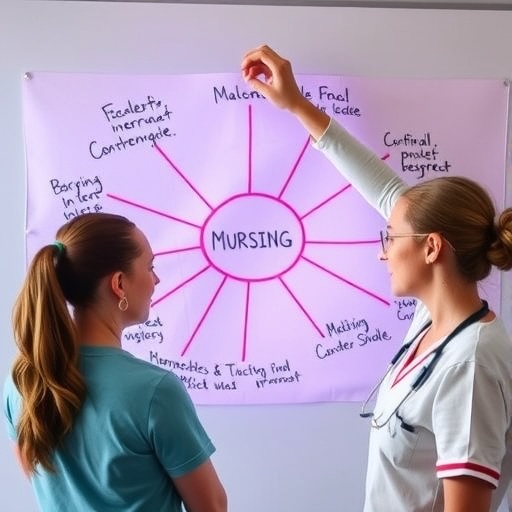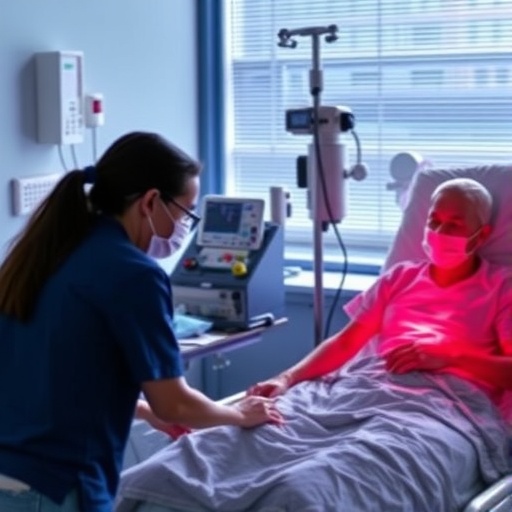The "Green Revolution" of the '60s and '70s has been credited with helping to feed billions around the world, with fertilizers being one of the key drivers spurring the agricultural boom. But in developing countries, the cost of fertilizer remains relatively high and can limit food production. Now researchers report in the journal ACS Nano a simple way to make a benign, more efficient fertilizer that could contribute to a second food revolution.
Farmers often use urea, a rich source of nitrogen, as fertilizer. Its flaw, however, is that it breaks down quickly in wet soil and forms ammonia. The ammonia is washed away, creating a major environmental issue as it leads to eutrophication of water ways and ultimately enters the atmosphere as nitrogen dioxide, the main greenhouse gas associated with agriculture. This fast decomposition also limits the amount of nitrogen that can get absorbed by crop roots and requires farmers to apply more fertilizer to boost production. However, in low-income regions where populations continue to grow and the food supply is unstable, the cost of fertilizer can hinder additional applications and cripple crop yields. Nilwala Kottegoda, Veranja Karunaratne, Gehan Amaratunga and colleagues wanted to find a way to slow the breakdown of urea and make one application of fertilizer last longer.
To do this, the researchers developed a simple and scalable method for coating hydroxyapatite (HA) nanoparticles with urea molecules. HA is a mineral found in human and animal tissues and is considered to be environmentally friendly. In water, the hybridization of the HA nanoparticles and urea slowly released nitrogen, 12 times slower than urea by itself. Initial field tests on rice farms showed that the HA-urea nanohybrid lowered the need for fertilizer by one-half. The researchers say their development could help contribute to a new green revolution to help feed the world's continuously growing population and also improve the environmental sustainability of agriculture.
###
The authors acknowledge funding from Hayleys Agriculture Holdings Limited and Nagarjuna Fertilizers and Chemicals Limited.
The paper's abstract will be available on Jan. 25 here: http://pubs.acs.org/doi/abs/10.1021/acsnano.6b07781
The American Chemical Society is a nonprofit organization chartered by the U.S. Congress. With nearly 157,000 members, ACS is the world's largest scientific society and a global leader in providing access to chemistry-related research through its multiple databases, peer-reviewed journals and scientific conferences. ACS does not conduct research, but publishes and publicizes peer-reviewed scientific studies. Its main offices are in Washington, D.C., and Columbus, Ohio.
To automatically receive press releases from ACS, contact [email protected].
Follow us: Twitter | Facebook
Media Contact
Katie Cottingham
[email protected]
301-775-8455
@ACSpressroom
http://www.acs.org
############
Story Source: Materials provided by Scienmag




